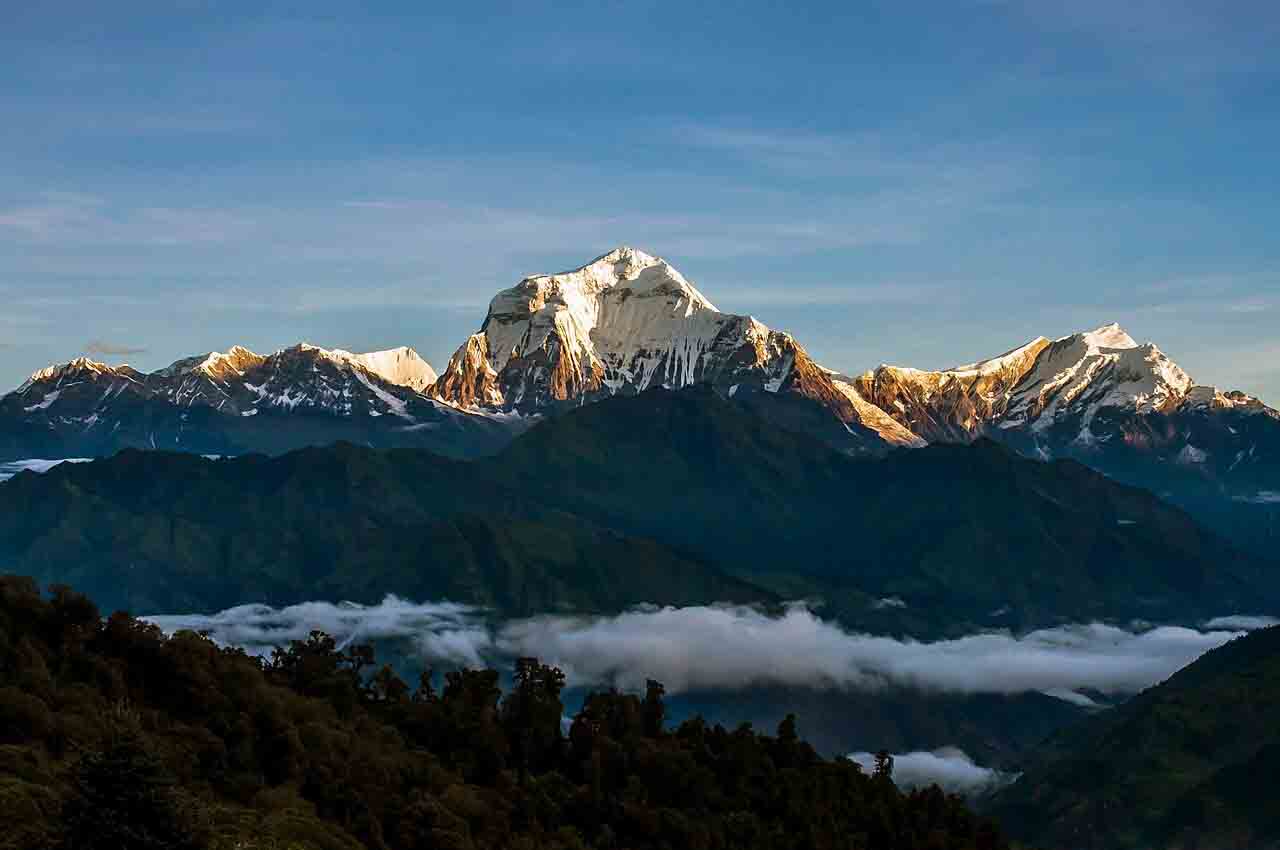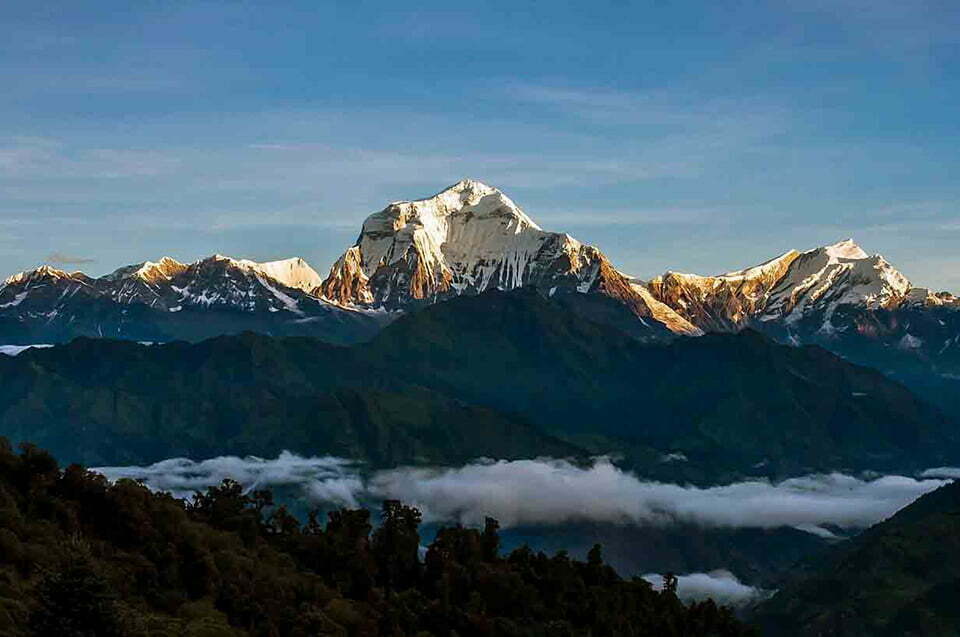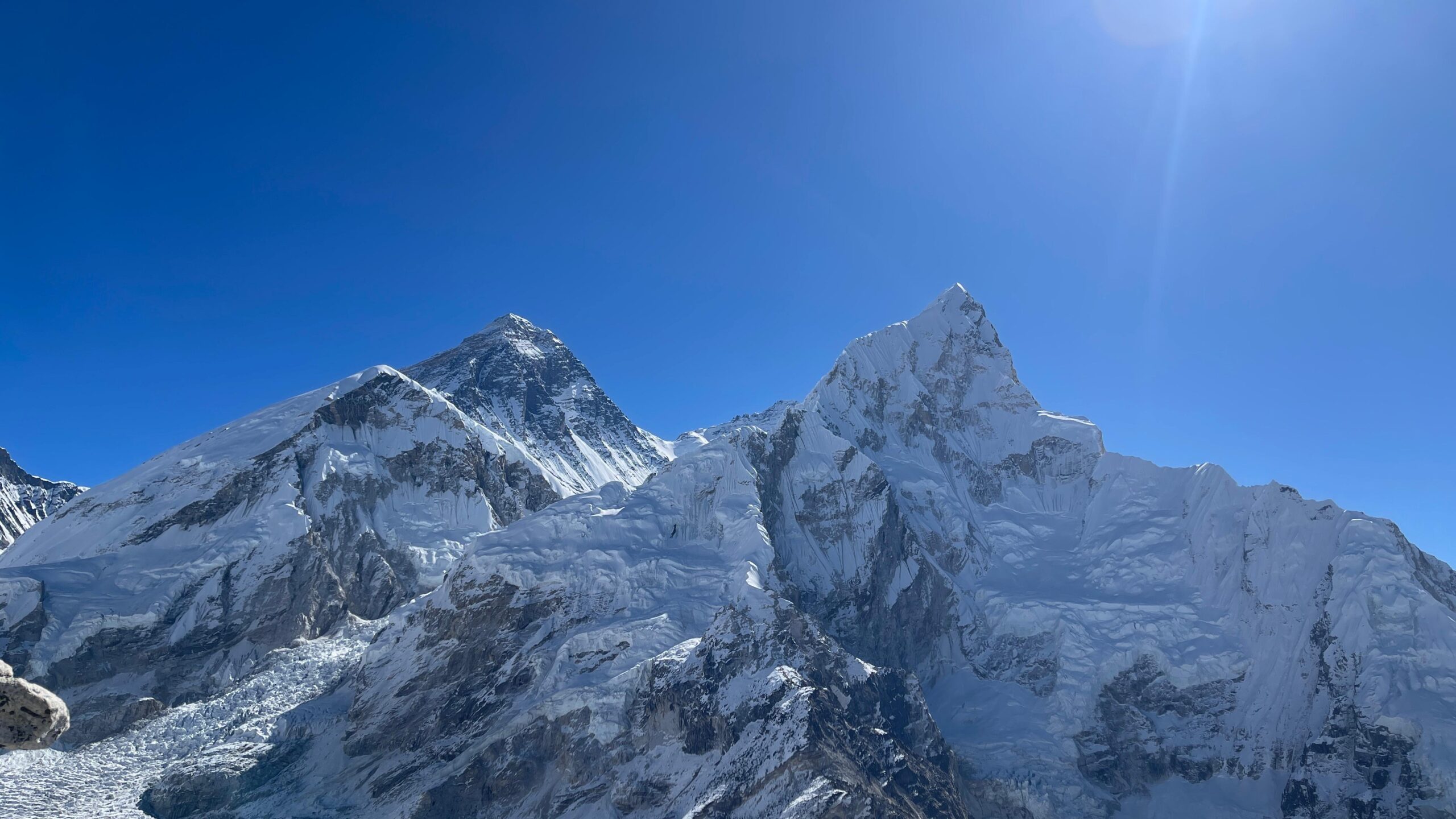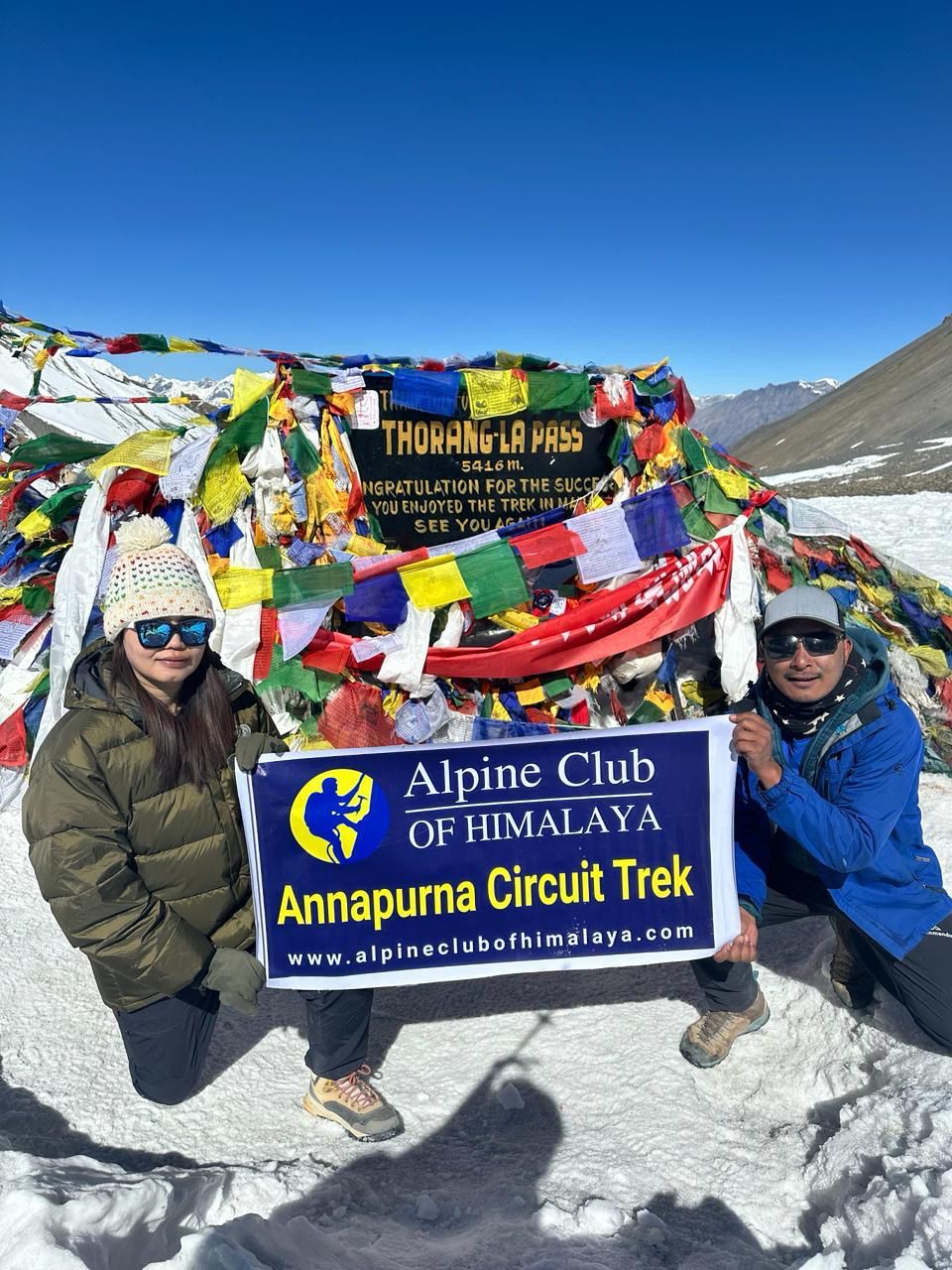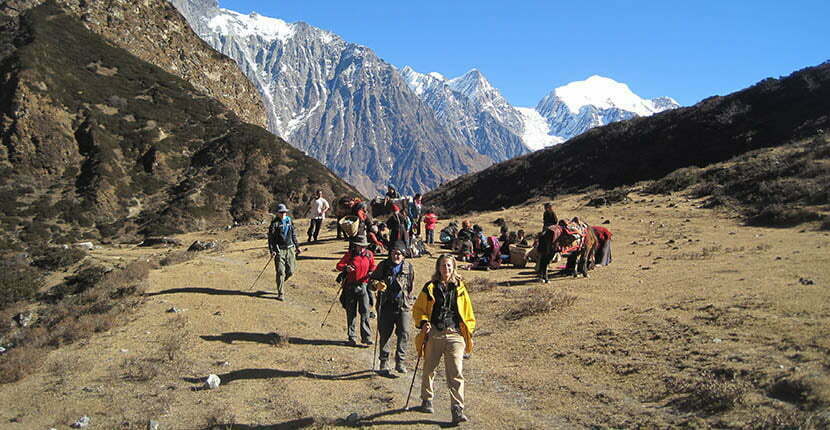Annapurna Panorama and River Tour: The Annapurna Panorama and River Tour offers an exciting twelve-day adventure. This meticulously crafted itinerary combines two exhilarating activities: white-water rafting and taking in the stunning mountain panorama from Poon Hill, a renowned viewpoint.
Poon hill is regarded as one of the best vantage points in the region. Almost all the trekkers traversing across the Annapurna flock to this vantage point. At dawn and dusk, you’ll witness a spectacular panorama of endless mountain ranges and hues of colors. With majestic views of Gangapurna Mountain, Annapurna South Mountain, Annapurna I mountain, Dhaulagiri Mountain, and Hiunchuli Mountain.
Seti River rafting
Seti River rafting is your next destination. It is a gentle rapid speed grade but occasionally you’ll meet 4+ rapid classes. Additionally, in the rainy season, water volume level rises in Seti River making and increasing the strength of the rapids making it ideal only for professional rafters. But at other times the rapids are welcomed by all enthusiastic.
The nature of the Seti River is different from other rivers as the rapids carry glacial deposits from the Annapurna Himalaya range and a slurry of sediments. Known as the wonder river of Nepal, a 3-kilometer section of the Seti river flows underground. This rafting takes you through the unspoiled greenish dense scenery of central Nepal, beautiful clean beaches, and local cultural heritage and is a perfect opportunity for birdwatching. Be a part of this adventure taking you from high mountains down pristine riverbed with the Alpine Club of Himalaya.
Starting our journey from Pokhara
After the sightseeing tour in Kathmandu Valley, start the adventure with a scenic 25 minutes flight to Pokhara. Nepal’s second most popular tourist destination nestled beneath the snow-crested Annapurna Massif. From Pokhara, head towards Poon Hill. A majestic viewpoint at an elevation of 3210 meters. Traversing across dense woodlands of Annapurna region for three days passing various settlements. At the vantage point witness breathtaking views of mountains panorama during dawn and dusk. With an endless range of Dhaulagiri, I ( 8167m) and Tukuche (6920m) to Nilgiri (6940m), Annapurna South, Annapurna I (8091m), Hiunchuli (6441m), Machhapuchhre and Tarke Kang (7193m).
After that head back to Nayapul and towards Pokhara. Explore the city of lakes and visit the various attractions of the region. Then drive towards Damauli.
From Damauli you’ll start your rafting. The Seti River originates at the southeast slopes of the Mountain and flows to the south. The rafting trail passes through stunning jungle scenery, green hills, and valleys. It is an excellent opportunity for bird-watchers and those interested in the abundance of nature. This normally gentle river has plenty of small and straightforward rapids. During the monsoon months, the intensity of the rapids increases and attracts a radically different set of rafters. The Seti is an ideal trip for those wanting to experience some of the stunning river scenery in Nepal without the intensity of complex or challenging rapids. This Annapurna Panorama and River Tour is also very well suited for family trips and this relatively small volume, blue and warm water, is a ‘warm-up’ river for intermediate kayakers. At Gaighat you’ll end your rafting journey and head back towards Kathmandu.
Be a part of this thrilling and unique adventure with The Alpine Club of Himalaya.
Travel Insurance:
All clients engaging in any activity must have smart travel insurance or emergency evacuation insurance. Alpine Club of Himalaya highly suggests you obtain a comprehensive insurance plan from a reliable insurance firm that covers emergency evacuation insurance in high altitudes, personal injury, hospital expenditures, repatriation fees, helicopter rescue, and any other misfortune.
Passport and Visa:
The Nepalese embassy in your country or the immigration office at Tribhuvan International Airport in Kathmandu should issue each client a valid visa with a six-month validity from the date of their return. This sentence puts the embassy or immigration office at the forefront of the action (issuing the visa) and clarifies who “their” refers to.
Meals and drinking water:
Along the Trek, you’ll be provided with various Nepali, and Tibetan ethnic cuisines and varieties of continental and western meals. Local inhabitants run several tea-houses scattered along the trail, offering a range of facilities from basic to luxurious. Here, you’ll have the chance to savor various cuisines, a treat you’ll miss on most other Nepali trekking routes.
Annapurna Region is a plastic-free zone and has banned the use of bottled Mineral Water. While you’ll find natural water sources along the trekking trail accessible from drinking taps. Instead, you can refill your water bottle with boiled water or cold, filtered water from any of the teahouses.
If you buy a water purification tablet, chlorine drops or utilize SODIS (sunlight assisted) filtration procedures for further assurance, saving money, and reducing plastic pollution.
Accommodation:
Tourist-friendly hotels, lodges, and local accommodations are available, providing with basic accommodation to luxury and grandeur ones. Luxury hotels and teahouse are situated along the trail that suits your budgets providing comfortable beds with a pillow, electric blankets, hot and cold shower, free WIFI, and many more.
Teahouse along Annapurna region provides you with hot shower, western attached bathrooms and the rooms mostly include twin sharing beds as well as a single bed, with hygienic and clean atmosphere, good mattresses, a pillow, and blankets.
Campsites are also available along the trail providing a special opportunity for campers to sleep under the stars.
Best Time to Visit?
The best season for trekking in Annapurna Region is during autumn and spring.
The months of September, October, November, March, April, and May are the best time to visit. These months are better in terms of visibility and climate conditions.
Autumn season, months of September, October, and November are the best time for trekking in this region. As the weather is clear bringing great visibility of the endless mountain ranges and lush green forest with warm temperatures, the nights are clear and is a perfect opportunity for stargazing.
The spring season of March, April, and May is also the best time to visit the Annapurna Region. The end of the winter season brings a change in the region, varieties of colorful blooming trees of the sub-alpine forest, high green pasture lands covered with wildflowers, mild temperatures, and clear weather. In this season you’ll witness herds of sheep and yaks grazing in the green high lands.
Monsoon season is not favorable as weather gets harsh and hard to get around country, with frequent rainstorms and landslides. So monsoon season is mostly avoided by trekkers.
In the winter season, Annapurna Region receives high snowfall covering most of the trails and making it impossible to travel for this reason.
Important Note:
Your safety is of paramount importance to us at the Alpine Club of Himalaya. We have the absolute authority to cancel the trip or change the itinerary, when deemed necessary or when we have reason to believe your safety is at stake. Weather conditions, the health condition of a group member, natural disasters, and such, can contribute to changes in the itinerary when traveling in remote mountainous regions. In these extreme situations, we kindly request that you offer your full co-operation to the trusted leader of the group appointed by the Alpine Club of Himalaya. However, we assure you that we will make every effort to keep to the above itinerary.

